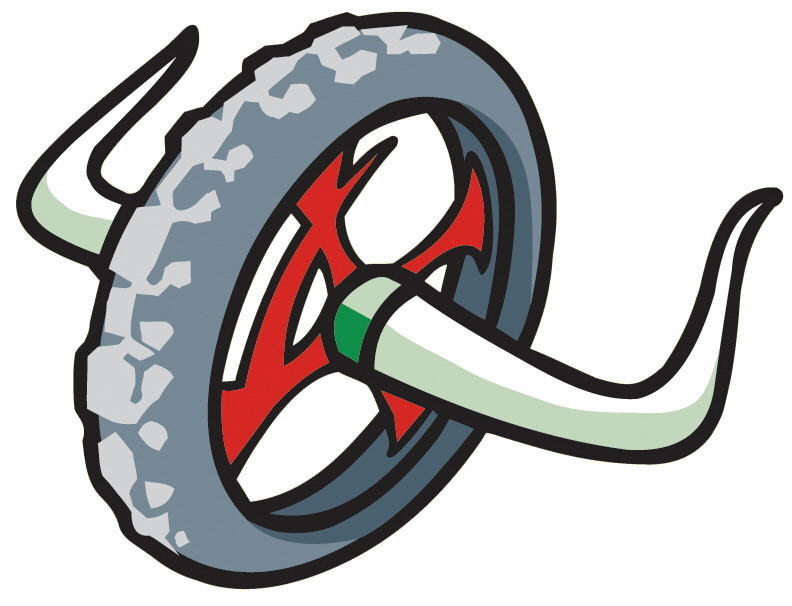
과연 진실은?
GT@멜바 ;-)
look at graph first!!
1. FSR (True Four-bar)
* Full range of bump compliance: A: From stutters to big hits, Four-bar excels in bump compliance.
* Pedaling efficiency: B: With its near-vertical wheelpath (but not perfectly vertical), the compressing rear wheel pulls back slightly on the chain when in the smallest chainring.
* Braking Independence: A: This type of suspension remains completely active even under heavy braking.
2. Linkage (Semi Four-bar)
* Full range of bump compliance: A: Bump compliance is still very good
* Pedaling efficiency: B: Pedals well, with only minor pedal feedback
* Braking independence: C: Because the pivot is on the seatstay, not the chainstay, these bikes experience significant brake jacking
3. Single Pivot
* Full range of bump compliance: B: Dependent on shock technology, single pivots can react fairly to both stutters and larger hits.
* Pedaling efficiency: D: Highly reliant on shock technology and completely dependent on pivot placement, single pivot bikes can exhibit the greatest levels of pedal feedback (depending on which chainring the rider is in).
* Braking independence: D: Unless a brake idler arm is used (very rare) single pivots exhibit high levels of brake jack.
4. Virtual Pivot Point
* Full range of bump compliance: B: Dependent on whether the chain is under tension or not, VPP can be fairly reactive to varying sizes of bumps.
* Pedaling efficiency: B: With it's S-shaped wheelpath, the VPP design intestinally utilizes pedal feedback to keep the suspension "locked-out" in its initial travel under pedaling force. This design results in pedal feedback as the suspension compresses through its initial travel.
* Braking independence: A: Performs very well under braking.
5. Monolink
* Full range of bump compliance: C: Heavily dependent on whether the rider is seated or standing, this design also exhibits heavy pedal influence on the suspension. Crank hard and the suspension stiffens-up significantly.
* Pedaling efficiency: C: Because the suspension is influenced by pedaling input, the opposite is also true; suspension compression pulls back on the cranks, making Monolink relatively inefficient.
* Braking independence: B: Heavy braking can influence suspension suppleness.
6. Maestro
* Full range of bump compliance: A: From rapid-fire stutters to heavy "G-out" compression hits, Maestro remains fully active under all types of impacts.
* Pedaling efficiency: A-: Only the slightest amount of pedaling feedback can be felt in the small chainring, making Maestro the most efficient pedaler on the trail.
* Braking independence: A: Heavy braking has no influence on the suppleness of Maestro






 손님
손님
댓글 달기